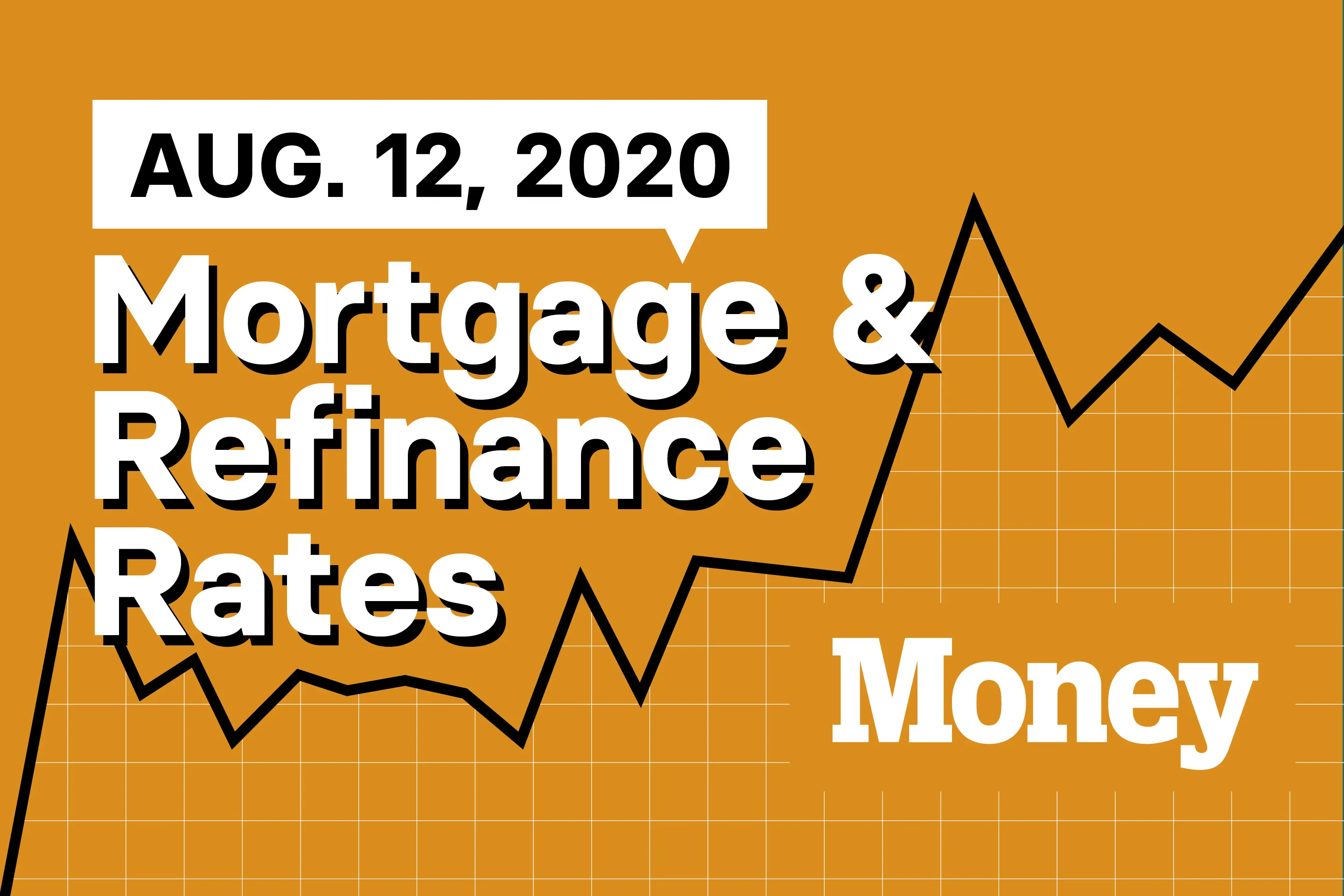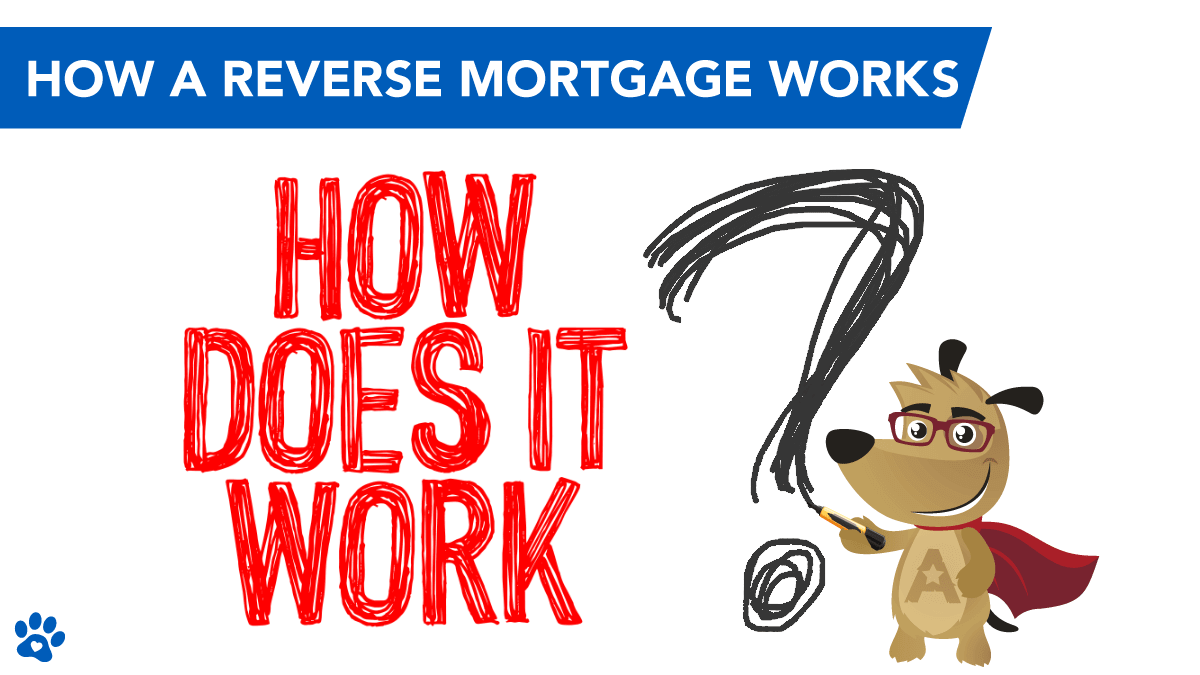Because financial guideline and institutional reforms make a return of subprime and nontraditional lending in the current market less likely, the capability Hop over to this website of the prime conventional market to serve homebuyers identifying as racial and ethnic minorities is likely to be an essential issue for policymakers.
What is it? A cost the Federal Real estate Administration collects from borrowers that can be paid in cash at the closing table or rolled into the loan. What's changed? The FHA raised the premium earlier this year from 1. 75 percent of the loan's worth to 2. 25 percent. Why? The cash will renew the funds FHA utilizes to compensate loan providers for default-related losses. If you roll the premium into the funding, you will likewise pay interest on it during the life of the loan. What is it? Refinancing a home loan for a higher quantity than is owed on the loan and taking the difference in money in effect, pulling equity out of the home. Formerly, they were permitted to use up to 95 percent of worth. Why? Debtors can tap approximately 85 percent of the home's current value. Formerly, they were permitted to use up to 95 percent of value.

How does this impact me? Cash-out deals have ended up being tougher to find. Even with conventional loans, many lending institutions provide this kind of financing just to individuals with superior credit and considerable equity - who issues ptd's and ptf's mortgages. What's changed? On Feb. 1, the FHA suspended a policy for one year that prohibited FHA customers from buying a home if the seller had owned it for less than 90 days - what is the concept of nvp and how does it apply to mortgages and loans.

Why? The objective is to encourage investors to purchase poorly maintained foreclosures, repair them up and sell them to FHA buyers as quickly as they hit the market. How does this affect me? This opens a broader series of properties to FHA debtors. However inspections need to be done to figure out whether the house remains in working order. If the cost of the home is 20 percent higher than what the financier paid, a second appraisal is needed to figure out whether the increase is warranted. The procedure needed the condo's management to submit a questionnaire resolving the firm's must-meet conditions. What's changed? The firm got rid of spot approval previously this year. Now, any condominium purchaser with an FHA loan need to adhere to an FHA-approved building. A lender, developer/builder, property owners association or management business can send a package to the FHA looking for approval. Some elements of that initiative have actually been momentarily loosened up through Dec. 31 to attempt to support the apartment market. Why? Apartments are extensively thought about the market's shakiest sector since they are popular with speculators and financially susceptible entry-level buyers. A lot of foreclosure-related losses have actually come from condos, which is why market policies have actually required lenders to look more carefully at the makeup of whole complexes prior to extending loans. At least 50 percent of the systems in a task need to be.
owner-occupied or sold to owners who plan to occupy the systems. As for new building, 30 percent of the units need to be pre-sold before an FHA loan can be funded there. What is it? Contributions that sellers start to assist settle a buyer's costs. What's changing? The FHA proposes slashing permitted seller concessions in half, topping them at 3 percent of the house price instead of the present 6 percent. Why? FHA analyses show a strong connection in between high seller concessions and high default rates, Click here for more perhaps due to the fact that the concessions can cause inflated home costs. What does this mean to me? This buyer's perk will quickly become less generous - what are the interest rates on 30 year mortgages today. The proposition does not ban concessions above 3 percent. But concessions going beyond 3 percent would result in a dollar-for-dollar reduction in the home's prices and reduce the amount of the allowed loan. What is it? Three-digit numbers that assist loan providers figure out how most likely an weslyn financial individual is to pay back a loan in a prompt manner. The greater the number, the much better the ranking. What's changing? This year, the FHA plans to enforce a minimum credit rating requirement: 500 (who took over abn amro mortgages). Borrowers with credit rating listed below 580 would have to make a down payment of at least 10 percent instead of the normal 3.
5 percent minimum. Why? Low-scoring customers default at a greater rate than more creditworthy ones. What does this mean to me? Lenders are currently imposing tougher credit rating requirements on FHA borrowers than the agency is proposing, which could discuss why just 1 percent of customers with FHA-insured single-family home mortgage have scores below 580. What is it? Lenders must document details about the residential or commercial property( such as its value )and the debtor (such as income, debt, credit rating )to assess whether the person is most likely to repay the loan. What's altering? High-risk borrowers whose loans were flagged by the automated system might quickly be subjected to a more extensive manual evaluation by the lender's underwriting staff. Why? The agency is attempting to minimize its exposure to run the risk of by restricting the discretion lenders have in authorizing loans. What does it imply to me? Debtors whose loans are manually underwritten would be needed to have money reserves equal to at least one month-to-month home mortgage payment. For example, their overall financial obligation would not be allowed to go beyond 43 percent of their income. What is it? A brand-new program that permits borrowers current on their home mortgage payments to re-finance into an FHA loan if they are underwater, implying they owe more on their mortgage than their home deserves. The FHA would permit refinancing of the first mortgage only. If there is a second mortgage, the two loans integrated can not go beyond the existing value of the home by more than 15 percent once the first loan is re-financed. Why? Lots of individuals are susceptible to foreclosure because their home worths have actually plummeted, making them unable to refinance or offer.
their properties if they lose their tasks or deal with a monetary obstacle. What does it indicate to me? Refinancing in this manner will most likely hurt your credit, and certifying will not be simple. The lending institution or investor who owns your existing mortgage needs to willingly decrease the amount owed on that loan by at least 10 percent. Also, you generally should have about 31 percent or more of your pretax earnings offered for the new month-to-month payment for all home loans on the home.